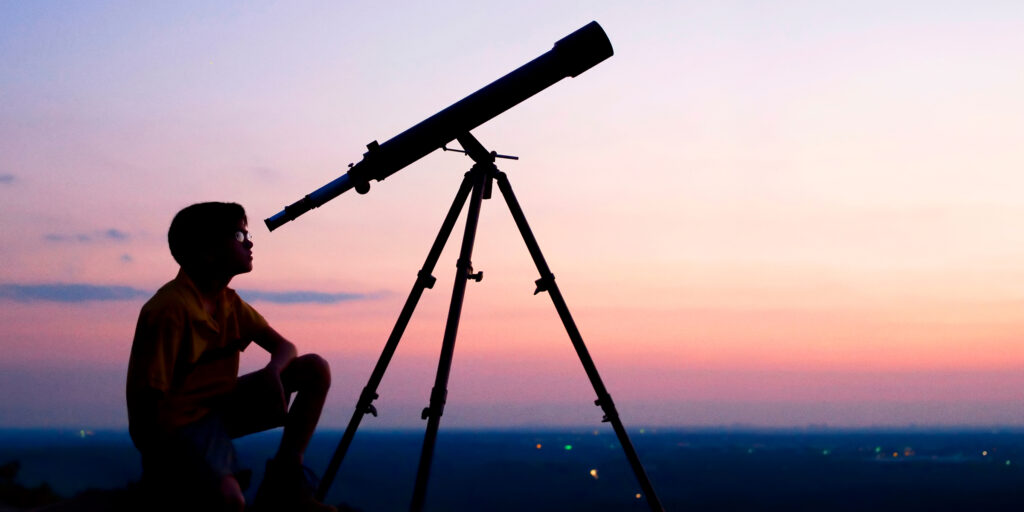Aimee Fanter, JD’21, GSLC Research Council Member
To humanity, outer space is the last great unknown. The notion of the night sky has always painted a mysterious and romantic picture – untouched by civilization. But this changed in 1957, with the launch of Sputnik 1. Soon after, our night sky changed. We no longer see thousands of stars with our naked eyes, the flash of comets dashing across the horizon, or the details in our Milky Way. Today, we see space has been touched by civilization, and to a great extent.
There are thousands of satellites currently orbiting Earth, and hundreds of satellites are visible to the naked eye. Following our past article about mega-constellations, “Is that the North Star? No. Actually, I think it’s a satellite,” the number of satellites from mega-constellations has risen astronomically with more than 1,000 in orbit, and brighter than 99% of all previous satellites. There are still over 100,000 new satellites planned to launch by the end of the decade. The impact of this satellite network strongly affects astronomers, and they are facing a mega crisis.
According to the American Astronomical Society and NOIRLAB, an umbrella organization for several U.S. observatories, satellites can reflect sunlight and appear as bright steaks. These streaks interfere with astronomer’s observations, polluting the night sky. According to the Co-Chair at NOIRLAB, Connie Walker, there is only one way to avoid any impact from these satellites, and that would be to launch zero satellites. But this isn’t feasible.
Instead, astronomers have tried to minimize the impact of these mega-constellations at all stages. These techniques included minimizing the brightness during deployment and orbit raising, final orbit and deorbiting, as well as other recommendations. Astronomers at the Astronomical Observatory of Trieste in Italy have even called for legal action to stop the launch of mega-constellations until they can research the impact on the night sky. The astronomers quote the potential harm of these satellite networks as damage to our cultural heritage, the night sky, and monetary damage due to loss of astronomy.
The FCC has stated that its approval of mega-constellations is lawful. Currently, there are no binding laws or regulations on how to address the issue concerning astronomers. Should the private organizations launching satellite mega-constellations do more to protect astronomers, or should state and international bodies provide stronger mitigation strategies? One thing is certain though, the priority should be to practice regulations that will protect Earth’s orbit and our night sky for this and future generations.

